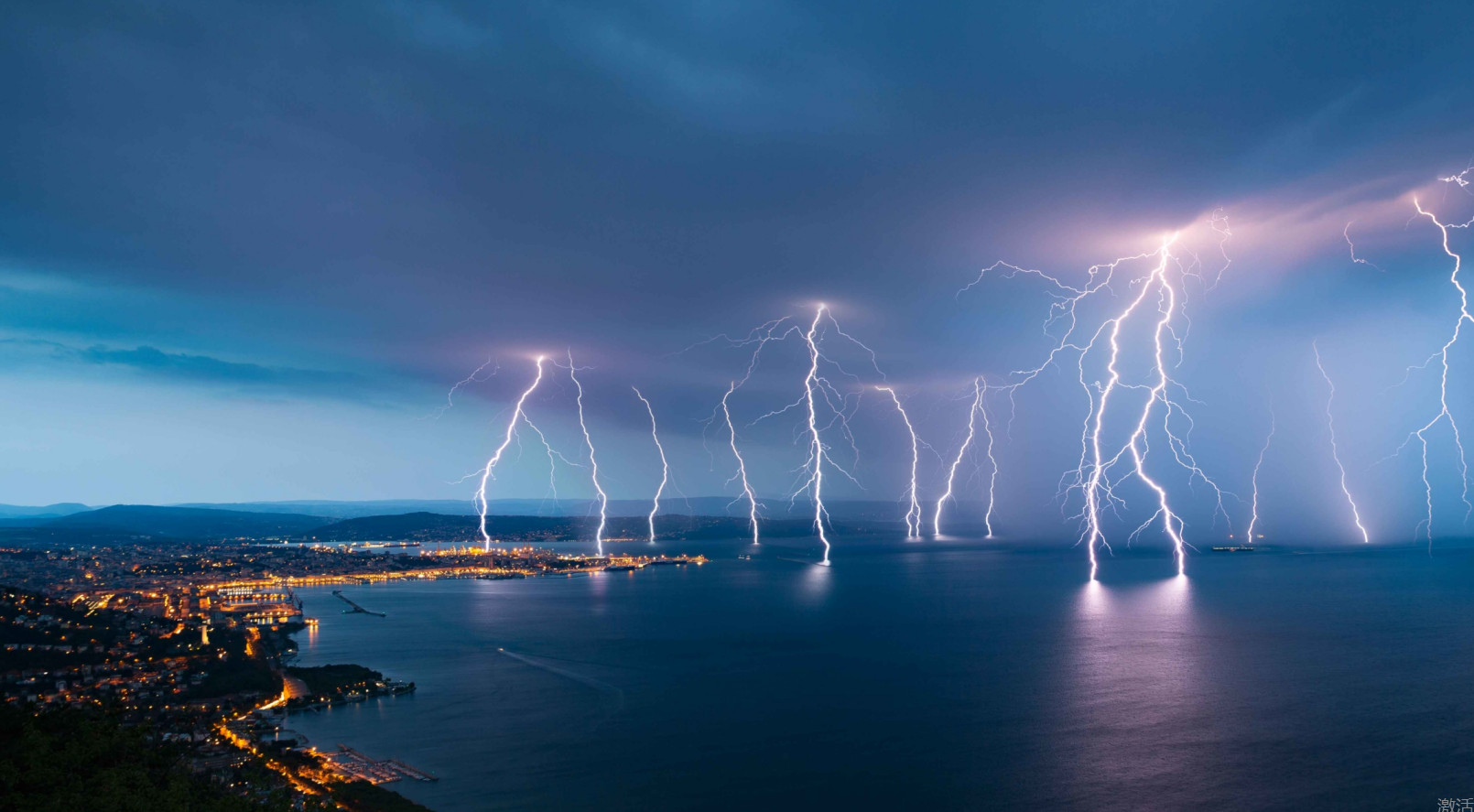Surge, also known as surge and surge, refers to the peak overvoltage/current exceeding the stable value instantaneously, including surge voltage and surge current, and its duration is very short, usually at the μs level. When the circuit is struck by lightning and when the inductive load or large load is turned on or off, a high operating overvoltage is often generated. This instantaneous overvoltage (or overcurrent) is called surge voltage (or surge current), which is a kind of transient interference. For example, when the DC 6V relay coil is disconnected, a surge voltage of 300V to 600V will appear; when an incandescent lamp is turned on, a surge current of 8 to 10 times the rated current will appear; when a large capacitive load such as a compensation capacitor bank is connected, a large surge current impact often occurs, causing the power supply voltage to suddenly drop; when the no-load transformer is cut off, an operating overvoltage as high as 8 to 10 times the rated voltage will also appear.

Three Common Power Surges
Lightning surge: When lightning discharges, a surge will occur within 2km from the lightning strike; 50% of the lightning current is around 30kA, and 1% of the lightning current is as high as 200kA;
Switching surge: the switching operation of closing and disconnecting the circuit, point inductive and capacitive switching operations, etc. will cause a surge, and a small induction motor of 15kW will also generate a surge of 3~5kV;
Electrostatic discharge: When a high-potential charged body contacts a zero-potential or low-potential object to form a small gap, electrostatic discharge will occur. The static electricity of the human body can generally reach 2kV, sometimes as high as 7kV.
Lightning current is directly introduced through AC and DC power lines, signal lines, etc.; resistive coupling (ground strike), inductive coupling (electromagnetic induction), capacitive coupling (electrostatic induction), radiation coupling (electromagnetic field radiation) and other methods are coupled in, thereby affecting or even interrupting power distribution systems, computer information systems, etc.
Power surges caused by various reasons can cause huge destructive effects in an instant, destroying buildings and equipment, interrupting power distribution systems and computer information systems, causing forest fires and burning or even explosions in petrochemical, gas, storage and other places, endangering the safety of people's lives and property.
At this time, a suitable SPD (surge protector) can be installed in front of the equipment to be protected. When the surge enters from the line, the SPD will instantly connect the surge to the ground to protect the safety of the equipment.
Why do you need protection?
LED technology has become the reference technology for lighting, mainly due to the following four characteristics: efficiency, versatility, energy saving and longer life.
Despite these advantages, the technology has a number of disadvantages: Compared to traditional light sources, the technology has higher implementation costs (initial investment) and internal electronics (LED optics and drivers), is more complex and sensitive to overvoltage.For these reasons, the use of an overvoltage protection system is a very cost-effective investment as it extends the life of the lighting fixture, ensures cost-effectiveness (ROI) of the LED project, and reduces maintenance and replacement costs of the lighting fixture.
The inherent immunity of the lighting equipment is complemented by a surge protective device (SPD) connected upstream of the driver, providing greater protection against the effects of lightning and overvoltage.
![]()
Damage and repair costs
Drives typically have some level of immunity (2 to 4 kV) to transient overvoltages. This is sufficient to pass the test for lighting equipment, but not sufficient to withstand voltage surges caused by lightning (10 kV / 10 kA) in field conditions.
Experience with the installed base of the LED lighting industry has shown that without proper SPDs, a significant proportion of luminaires will reach the end of their useful life prematurely. This leads to substantial costs in equipment replacement, maintenance costs, continuity of service, etc., which ultimately adversely affects the project ROI and its image.
In lighting installations, where good lighting is a critical safety issue (crime, road safety, workplace lighting, etc.), continuity of service is critical.
Proper sizing of the "SPD + lamp" system ensures that repeated overvoltage events do not lead to end-of-life of the driver or, in the worst case, failure of the SPD. This means cost savings, not least because of fewer corrective maintenance measures.
![]()
comprehensive protection
Surge Protective Devices (SPDs) protect equipment by discharging excess voltage to ground, thereby limiting the voltage (residual voltage) reaching the equipment.
An effective overvoltage protection design includes interleaved protection and provides classification for each sensitive component in the system. In this way, part of the overvoltage is discharged at each protection stage until there is only a small residual voltage close to the lighting equipment.
The protection in the lighting panel "1", although necessary, is not sufficient by itself because overvoltages can also be induced in longer cables, which means that the final protection should always be as close as possible to the equipment to be protected "2" "3".
Author 2025-06-12
Hishine Group Limited Will Meet Customers In Mexico City.Hishine is thrilled to announce its participation in Expo Eléctrica International 2025, Latin America’s premier trade fair for power and lighti...
Author 2025-05-12
Our recent business trip to Saudi Arabia proved to be a pivotal step in strengthening partnerships and exploring opportunities in the Kingdom’s rapidly growing energy and lighting markets. Below are t...